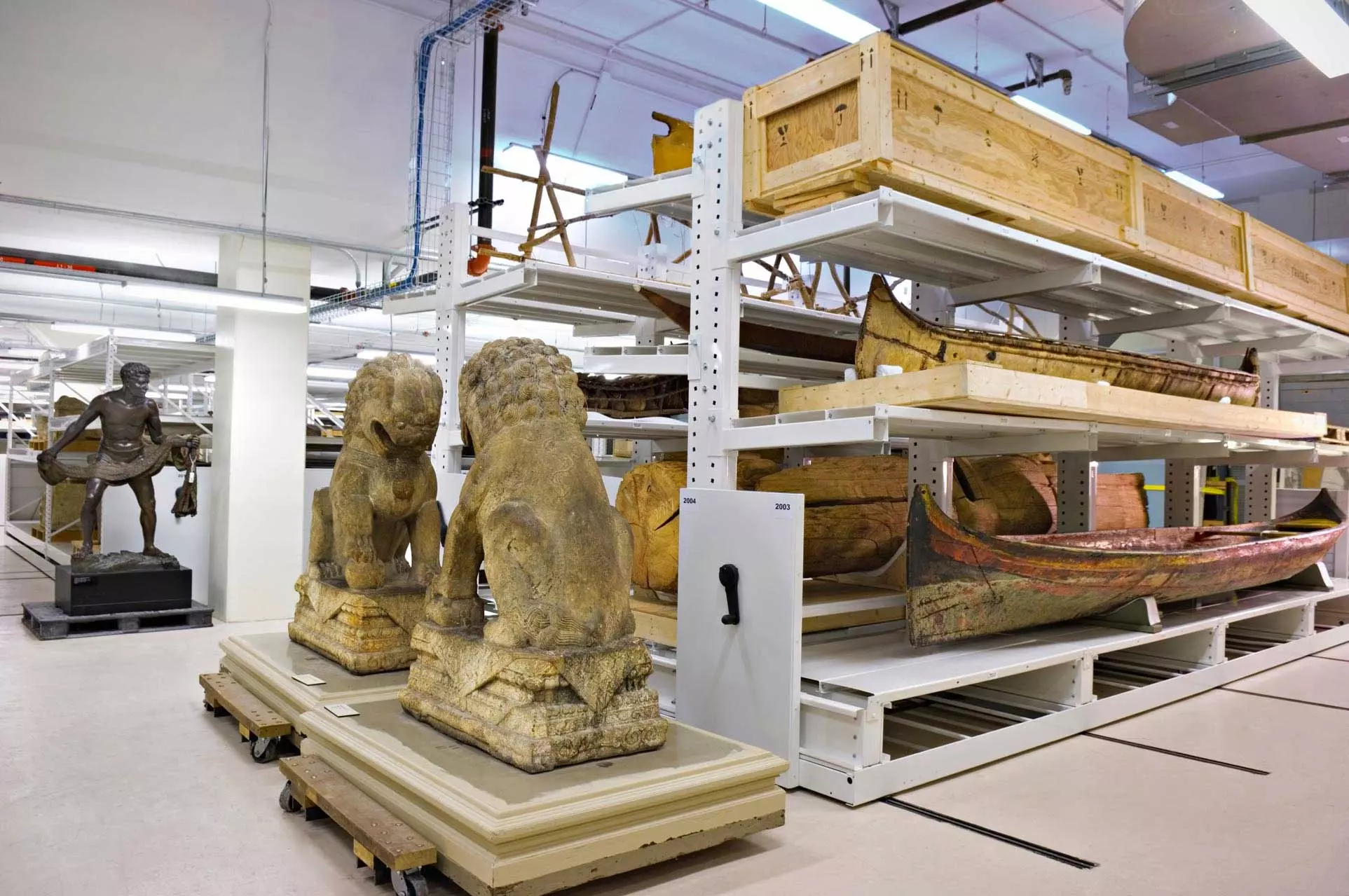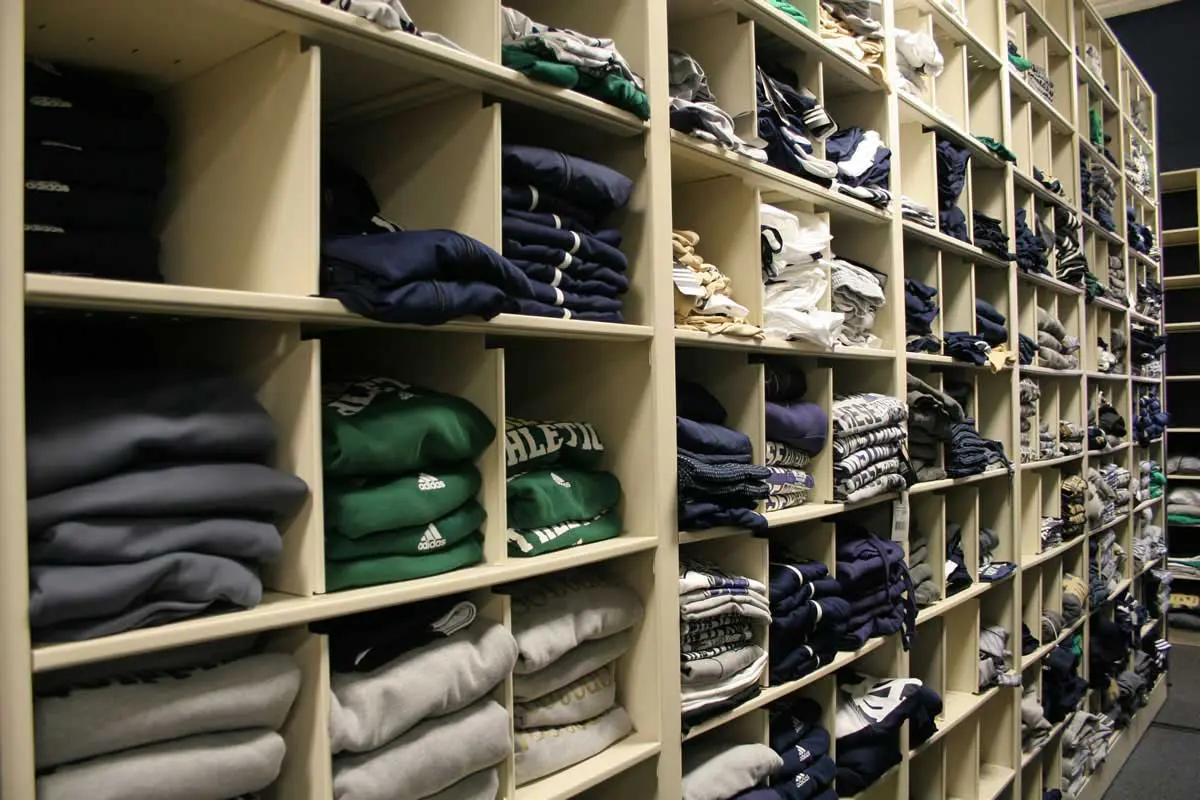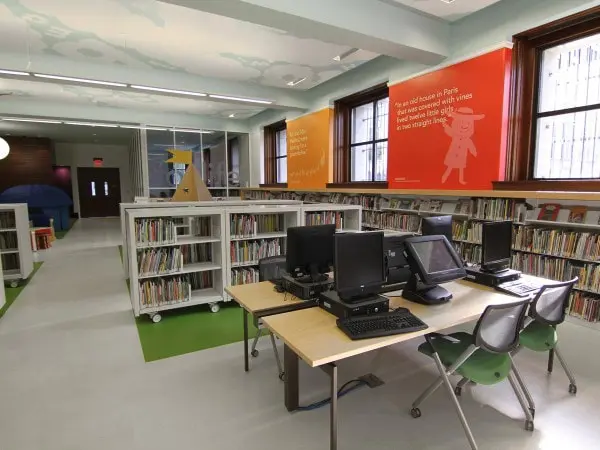
Museums are revered as institutions of knowledge and cultural preservation, housing priceless collections that tell the story of our world’s history and artistic achievements. While their public exhibits are the main attraction for visitors, the vast majority of a museum’s treasures remain hidden from view in storage. These storage areas, often tucked away from the public eye, hold an untapped educational potential that extends far beyond what one might expect. In this blog, we will delve into the world of museum collection storage and explore how it inspires learning beyond the classroom.
The Hidden World of Museum Collection Storage
Behind the scenes of any museum is a world of storerooms filled with artifacts, artworks, documents, and specimens that are not currently on display. These storage facilities are carefully designed and maintained to ensure the preservation of the items, but they are not mere warehouses. They are living archives that hold the keys to countless learning opportunities.
Beyond the Glass Case
While a museum’s public exhibits offer a curated, thematic presentation of their collections, the storage facilities contain an eclectic mix of items that may not fit within the constraints of a specific exhibit. This diversity allows for a broader range of topics and interests to be explored.
Hands-on Learning: In the storage areas, visitors and students often have the unique opportunity to interact with artifacts directly. This hands-on experience can enhance the learning process by making history and culture come alive.
Curatorial Insights: Museum staff, including curators and archivists, play a pivotal role in making the collections accessible. They are often available for discussions and insights, offering a glimpse into the art of curation and historical preservation.
Unconventional Objects: Storage areas often contain items that may not be considered museum-worthy in the traditional sense, but they hold historical, cultural, or scientific significance. This opens doors for unconventional learning experiences.
Unlocking Educational Resources
Museum collection storage is not limited to physical artifacts. Many museums have embraced digital archives, making a wealth of resources available online. These resources are invaluable for both formal and informal learning.
Research Opportunities: Students and researchers can access online databases to study primary source materials, historical records, and more. This can be particularly valuable for academic enrichment.
Virtual Tours: Some museums offer virtual tours of their storage areas, providing an immersive experience that transcends geographical boundaries, enabling students worldwide to explore these hidden treasures.
Educational Programs: Museums often offer specialized educational programs that provide a deeper understanding of their collections, from art history and conservation to anthropology and natural history.
A Glimpse into History
Museum collection storage can offer unique historical perspectives that aren’t always found in textbooks. Some artifacts have been preserved for centuries and reveal insights into the past that might not be well-documented elsewhere.
Rare Artifacts: Some of the rarest and most delicate artifacts are kept in storage to protect them from environmental conditions. These items can be ancient manuscripts, textiles, or artworks that are too fragile to be exhibited regularly.
Access to Heritage: Storage areas hold the key to cultural heritage preservation. Students and history enthusiasts can gain a profound appreciation for the effort put into conserving these valuable assets.
Behind-the-Scenes Stories: The stories of how museums acquire, catalog, and conserve their collections are often as fascinating as the items themselves. Learning about these behind-the-scenes processes adds depth to the educational experience.
Interactive Learning
Education should be engaging and interactive, and museum collection storage offers a unique environment for such experiences.
Educational Workshops: Many museums offer workshops that provide students with a deeper understanding of the items in storage. These workshops can range from art restoration to paleontology digs.
Artifact Handling: In some cases, students may have the opportunity to handle items in storage under the guidance of museum experts. This interactive approach fosters a deeper connection to history and culture.
Academic and Personal Enrichment
The educational value of museum collection storage is not limited to academic settings. These resources can enhance personal enrichment, foster a lifelong love of learning, and provide a unique backdrop for memorable experiences.
History Enthusiasts: Individuals passionate about history or specific cultural eras can find treasure troves of information and artifacts in storage facilities.
Art Appreciation: Aspiring artists and art lovers can explore the creative process through the study of stored artworks, sketching, and understanding the techniques employed.
Science and Natural History: Storage facilities often house scientific specimens, fossils, and natural history items. These can be a goldmine for budding scientists and nature enthusiasts.
Frequently Asked Questions (FAQ)
Q1: Can anyone visit museum collection storage areas?
A1: While some museums allow public access to their storage areas, this is not a universal practice. It’s best to check with the specific museum for their policies regarding access.
Q2: How can I find digital archives of museum collections?
A2: Most museums provide access to their digital archives through their websites. You can often find them in the “Collections” or “Research” sections of a museum’s website.
Q3: Are there age restrictions for accessing museum storage areas?
A3: Age restrictions, if any, vary from museum to museum. Some may allow children accompanied by adults, while others may restrict access to adults or older students. It’s advisable to inquire with the museum in question.
Q4: Can I touch the artifacts in storage areas?
A4: In many cases, museums do not allow direct handling of artifacts, especially delicate ones. Handling may be permitted under strict supervision during educational programs or workshops. Always follow the guidelines provided by museum staff.
Q5: Are there additional costs for accessing storage areas or educational programs?
A5: Educational programs and access to storage areas may involve additional fees, so it’s advisable to check with the museum and make any necessary reservations in advance.
In conclusion, museum collection storage is not just a repository of dusty old items; it’s a dynamic source of knowledge, inspiration, and enrichment. Whether you’re a student, history enthusiast, artist, or simply curious about the world, these hidden treasures have the power to expand your horizons and ignite a lifelong passion for learning.



